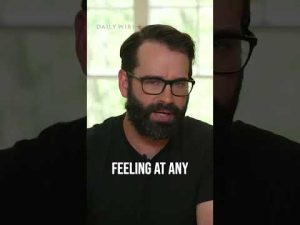In a world where facts often take a backseat to narrative crafting, people are witnessing yet another episode of media acrobatics with the dissection of two videos at the heart of a contentious case. The clips, shot inside a hotel room by hockey players, have become the focal point of controversy. The mainstream media, predictably, has taken the opportunity to twist the narrative, spinning the existence of these videos into some sort of evidence of wrongdoing rather than what they plainly appear to be – a basic attempt to document consent and clarity.
Of the two videos, the first, a brief six-second clip, was shot on what appears to be a cell phone. It reveals a woman being asked if everything was okay, to which she replied affirmatively. The media, however, seems intent on dismissing this footage as irrelevant or somehow suspicious. Wouldn’t common sense suggest that acknowledging consent verbally ought to clear any misconceptions? But in today’s topsy-turvy world, evidence supporting innocence is often treated with skepticism, especially when it disrupts the desired narrative.
The second video, a longer 12-second piece, shows the woman again, this time draped in a bath towel. She acknowledges being filmed and curiously comments about being “too sober” for whatever was happening. This statement, straightforward and candid, somehow morphs into an enigmatic riddle for media pundits looking to fan the flames of controversy. Instead of simply accepting that the woman was aware of her surroundings and not under duress, critics leap to the bizarre conclusion that filming this consensual interaction somehow indicates guilt.
One can’t help but wonder why the players felt compelled to record these interactions in the first place. Between a rock and a hard place, they faced the inevitable scrutiny of a judicial system that, at times, seems predisposed to punish rather than protect the innocent. In an age where accusations often carry more weight than facts, taking precautionary measures is a prudent decision, not an admission of guilt. Misguided narratives can easily ruin lives, careers, and reputations, especially if the accused lack concrete evidence to defend themselves.
Thus, in this modern witch hunt, evidence of innocence is paradoxically wielded as proof of guilt. The logic defies belief: If the players have no evidence, they’re doomed, and if they do have evidence, they’re still doomed. In a sane world, actual evidence and transparent actions would be enough to establish innocence. However, ideological gymnastics have taken precedence, skewing perceptions and redefining reality to fit a narrative that disregards fundamental fairness and truth. So, as this drama unfolds, the real victims may very well be rationality and justice themselves.







